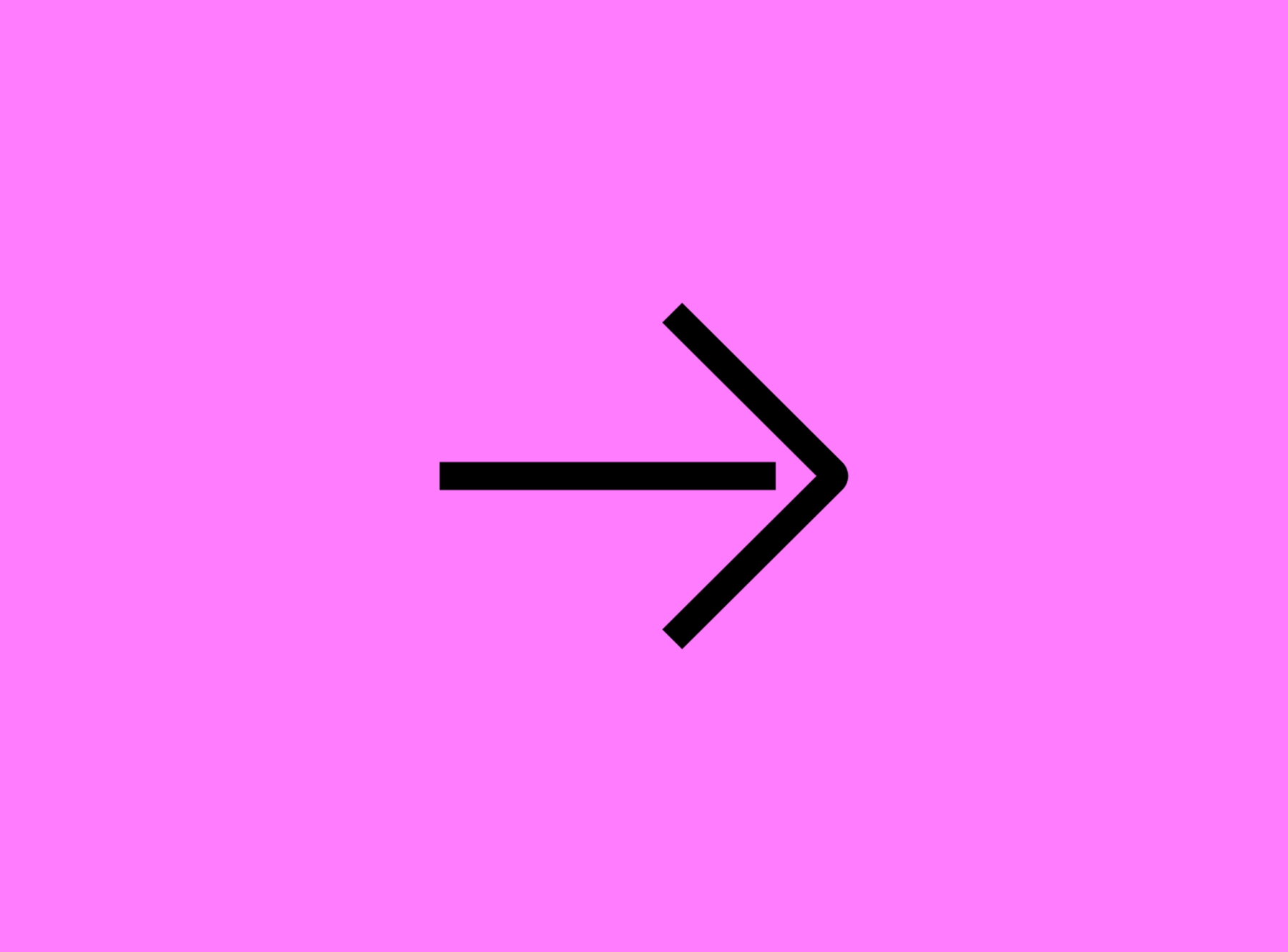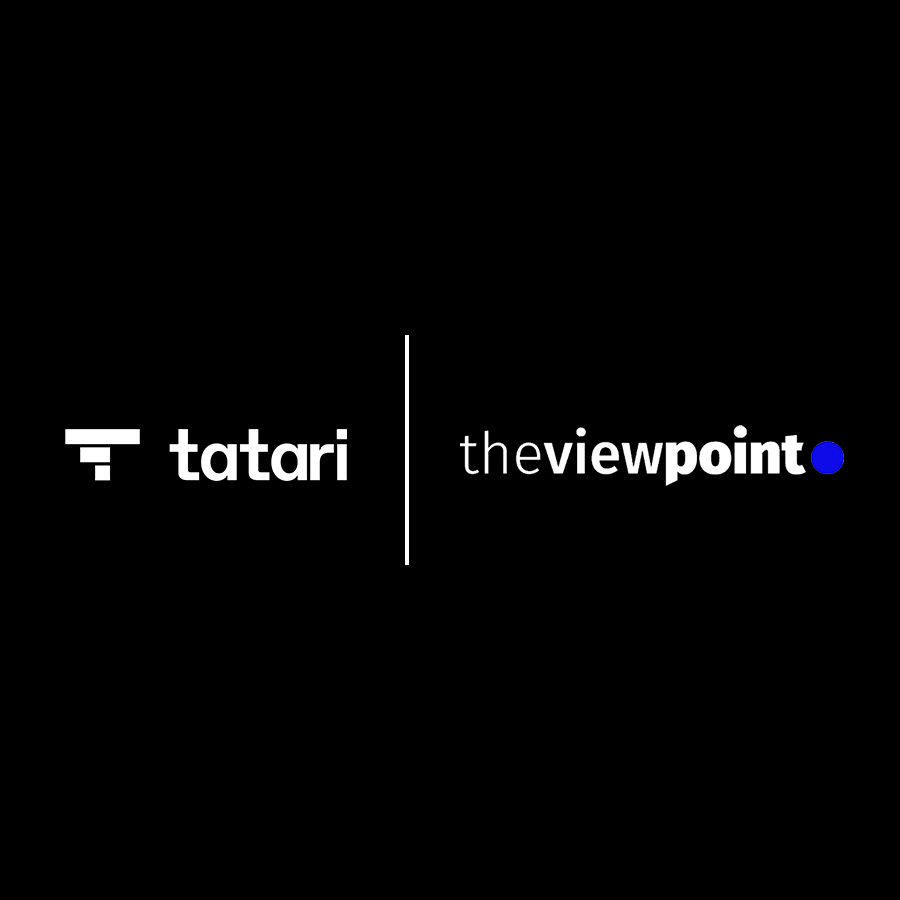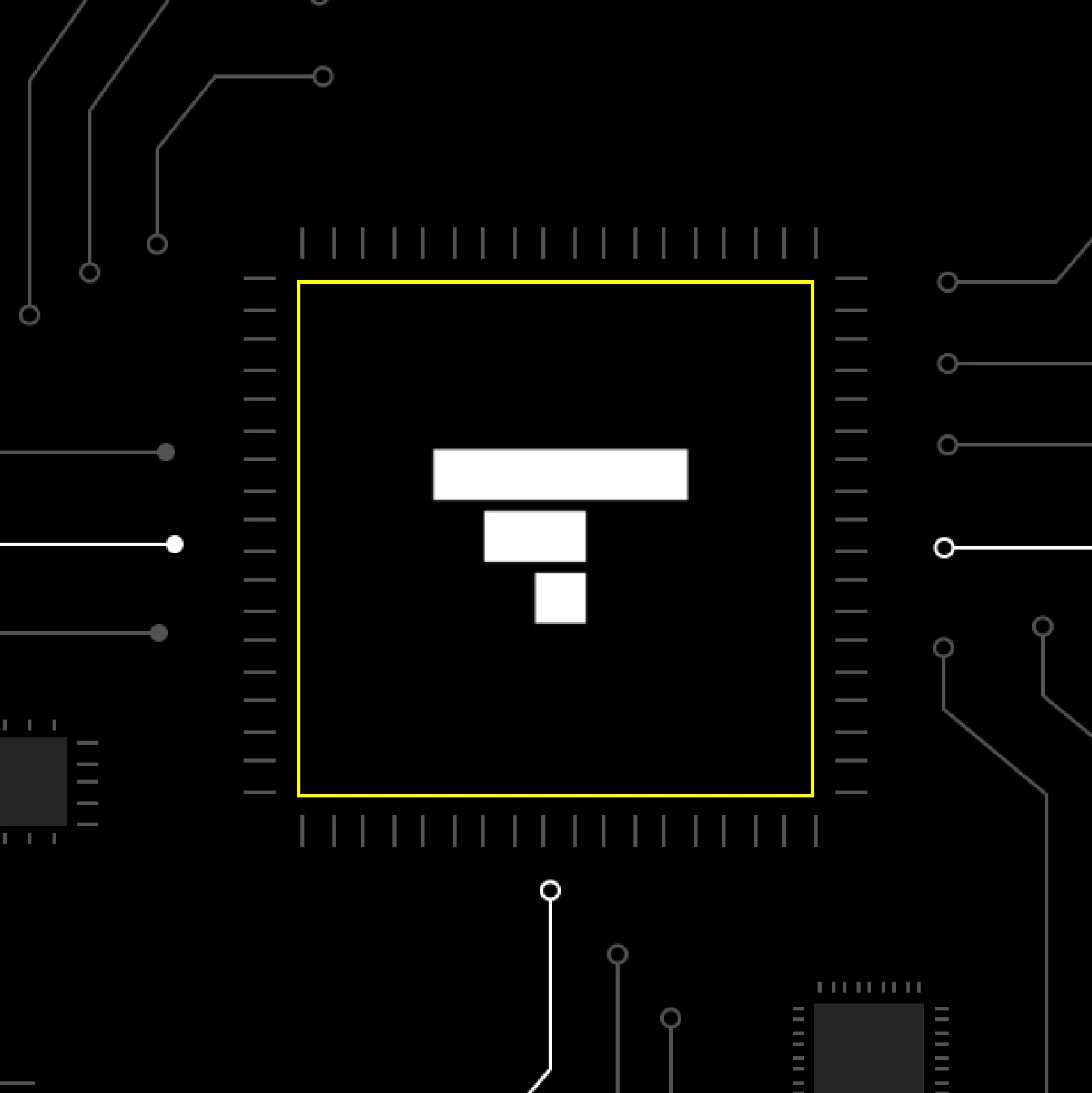
Brand and direct-response TV ads
TV ads so far have always been classified as either brand or direct-response (DR). We will discuss the typical features of both types and show that a third (hybrid) option is also feasible.
Brand ads
Brand ads build awareness and appeal to people’s aspirations. They tend to be high-budget productions that often incorporate an appealing narrative, sophisticated photography, or even celebrities.
Gucci’s creative for “Made to Measure” fragrance, for example, is a typical brand ad. It portrays a celebrity (James Franco) in a luxurious setting with high-end photography and minimal voice-over. Because brand ads do not aim to drive immediate response, they usually incorporate a subtle call-to-action (or none at all).
Direct response ads
The purpose of these ads, on the other hand, is to generate immediate response from the viewers (i.e. to visit a website, download an app, purchase a product, etc.) Typical DR ads are known for features like “Call 1-800” and “But, wait, there’s more,” which are used to drive sales and attract people to the product.
Dyson’s creative for V6 Hepa Vacuum is an example of a typical DR ad. It features multiple value propositions (e.g. 30-day money guarantee, free shipping, etc.) that are complemented with “Call 1-800” and “Visit the website.” The purpose of these elements is to drive immediate response.
These elements of traditional DR creatives can be viewed as pushy and damaging to the brand. Nowadays, however, people watch TV with smart devices in their hand (phones, tablets, laptops, etc.), which means they can respond to ads immediately by simply visiting the advertiser’s website or downloading an app. As a result, traditional DR elements (e.g.“Call 1-800” and “But, wait, there’s more”) are no longer needed. A soft call-to-action (e.g. “Download the app” displayed in the end-card) is all that’s necessary to drive response while still allowing advertisers to build awareness around their brand. Furthermore, other elements of DR creatives, like customer testimonials and direct-eye contact, can be particularly effective at driving response without being detrimental to the brand.
By blending the best parts of DR creatives with brand elements, advertisers can create a new type of hybrid creative: a ‘brand response’ ad.
Brand response ads
Brand response ads aim to drive immediate response (DR) while still appealing to people’s long-term aspirations (brand).
Some examples of brand response ads are Geico and Peloton creatives. Geico’s ads include elements of both direct response (“15 minutes can save you 15%” as well as direct eye-contact from the gecko) and brand (a friendly, relatable gecko). Peloton creatives also do a good job of combining DR and brand elements. They explain the product and encourage the viewer to join (“Let’s go”) but also appeal to people’s aspirations of being a better spouse or parent by exercising at home.
Measurement of TV ads
Both direct-response and brand ads can be measured. That said, one should be cautious when using metrics like cost per visitor (CPV). For example, a DR ad can have a 10x stronger CPV and seemingly outperform the brand version. However, brand elements may drive a stronger latent response (after all, they build awareness) and over a longer period of time, they can be equally effective at driving sales.
The brand elements eventually have a positive impact on the company beyond measurable response: from halo effect (typically experienced with better performance in digital campaigns) to the use of the company name and brand in everyday lingo (e.g. “Shazam a song”).

Joel Lander
I’m head of strategy and I have lots of ideas.
Related
Tatari Acquires TheViewPoint
Tatari has acquired TheViewPoint, a CTV monetization platform for publishers. This is part of Tatari’s long-term vision for a clean and more direct CTV supply path for outcome-driven TV advertisers.
Read more
A Unified Measure: The Case for Standardizing 'Outcomes' in TV Advertising
Discover the changing face of TV advertising measurement, from traditional viewer metrics to outcome-based approaches, and the potential benefits for advertisers and publishers alike.
Read more
The Reality of AI Investment: Lessons from Tatari's Approach
Tatari's strategic approach to leveraging AI across its TV advertising tools is a fundamental component of our business model, enabling significant growth and market expansion.
Read more


